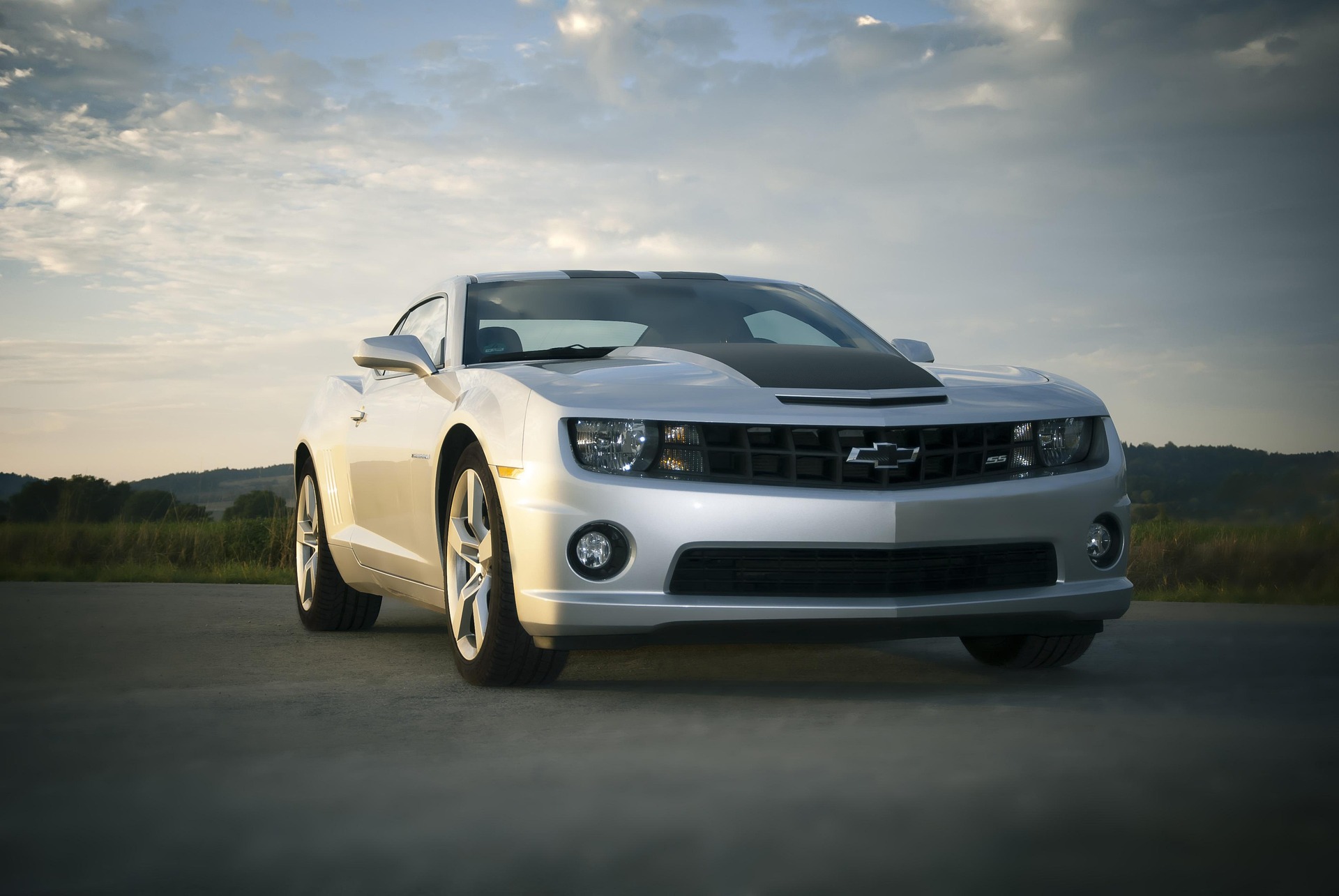Decoding Torque Vectoring: The Future of Car Handling
As we rev up our engines to plunge into the future of the automotive industry, it's crucial to shine a spotlight on a technology that's changing the game of car handling – Torque Vectoring. This innovative technology has been quietly elevating the performance of cars, promising a smoother, safer, and more precise driving experience.

Introducing Torque Vectoring: A New Era in Car Handling
Torque Vectoring is a technology that controls the distribution of torque to the wheels. It enhances the vehicle’s handling and stability during cornering, enabling the car to navigate curves with greater precision and speed. Although it may seem like a recent innovation, its roots trace back to the mechanical limited-slip differentials used in the mid-twentieth century.
The Evolution of Torque Vectoring
The advent of Torque Vectoring has been gradual, embedded within the broader trajectory of car handling technologies. Early attempts to regulate torque distribution involved mechanical differentials. However, these devices lacked the precision and adaptability of modern systems. In 2005, Mitsubishi introduced its Active Yaw Control, a pioneering system that laid the groundwork for the Torque Vectoring systems we see today.
The Mechanics behind Torque Vectoring
In essence, Torque Vectoring systems work by varying the power sent to each wheel. When a car turns a corner, the wheels on the inside of the turn have to travel a shorter distance than the wheels on the outside. To compensate for this, Torque Vectoring systems can reduce the power to the inside wheels and increase the power to the outside wheels, effectively ‘pushing’ the car around the corner.
The Impact of Torque Vectoring on the Automotive Industry
Torque Vectoring systems have emerged as a transformative force in the automotive world. They offer notable advantages, including enhanced vehicle control and safety, particularly during high-speed cornering. While initially limited to high-end sports cars, Torque Vectoring is now becoming increasingly common in mainstream vehicles, reflecting its growing importance in the industry.
The Future of Torque Vectoring
Despite its profound impact, Torque Vectoring is still a developing technology. As it continues to evolve, we can expect to see even more advanced systems that offer improved precision and adaptability. Moreover, as car manufacturers strive to make driving safer and more enjoyable, Torque Vectoring will undoubtedly play an integral role in shaping the future of car handling.
In conclusion, Torque Vectoring is a potent symbol of the automotive industry’s relentless quest for innovation. It encapsulates the industry’s commitment to improving vehicle performance, safety, and driver satisfaction. As we journey further into the future of car handling, Torque Vectoring emerges as the co-driver, steering us towards an era of more precise, controlled, and exhilarating driving experiences.




